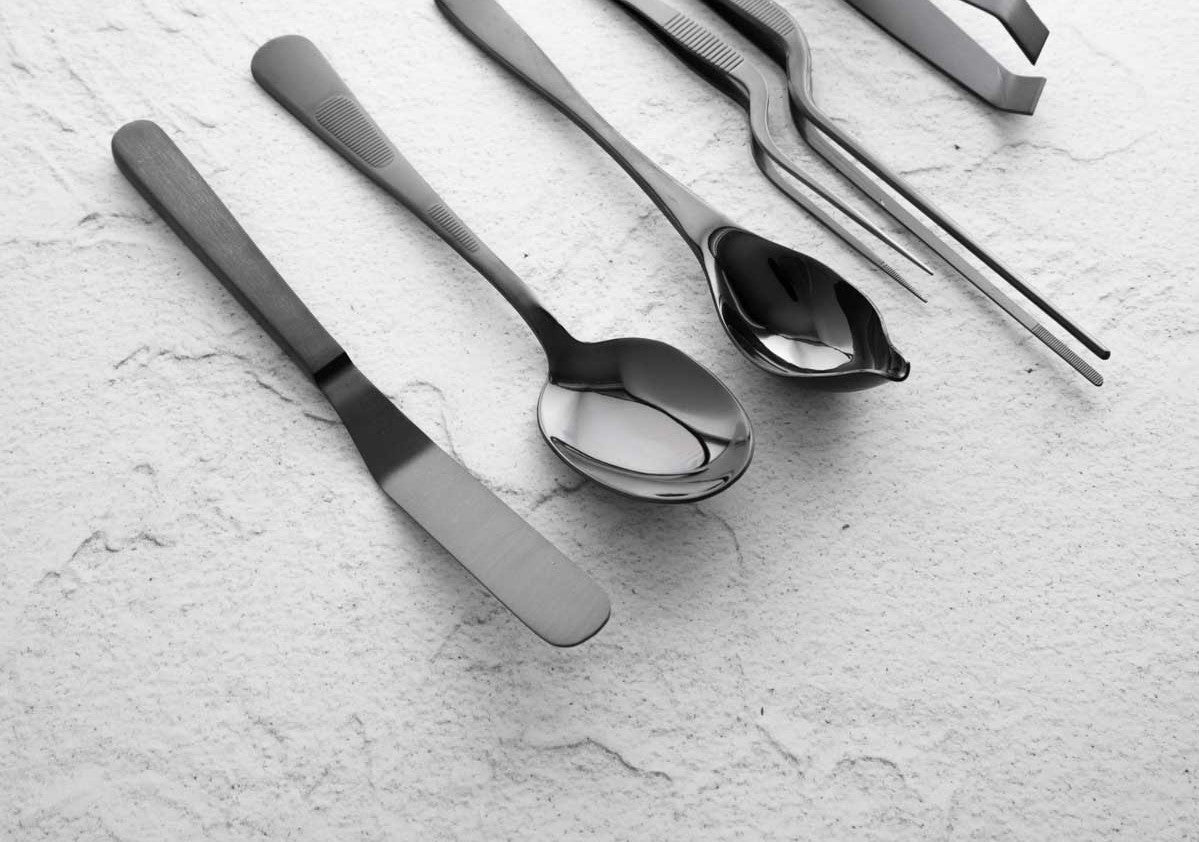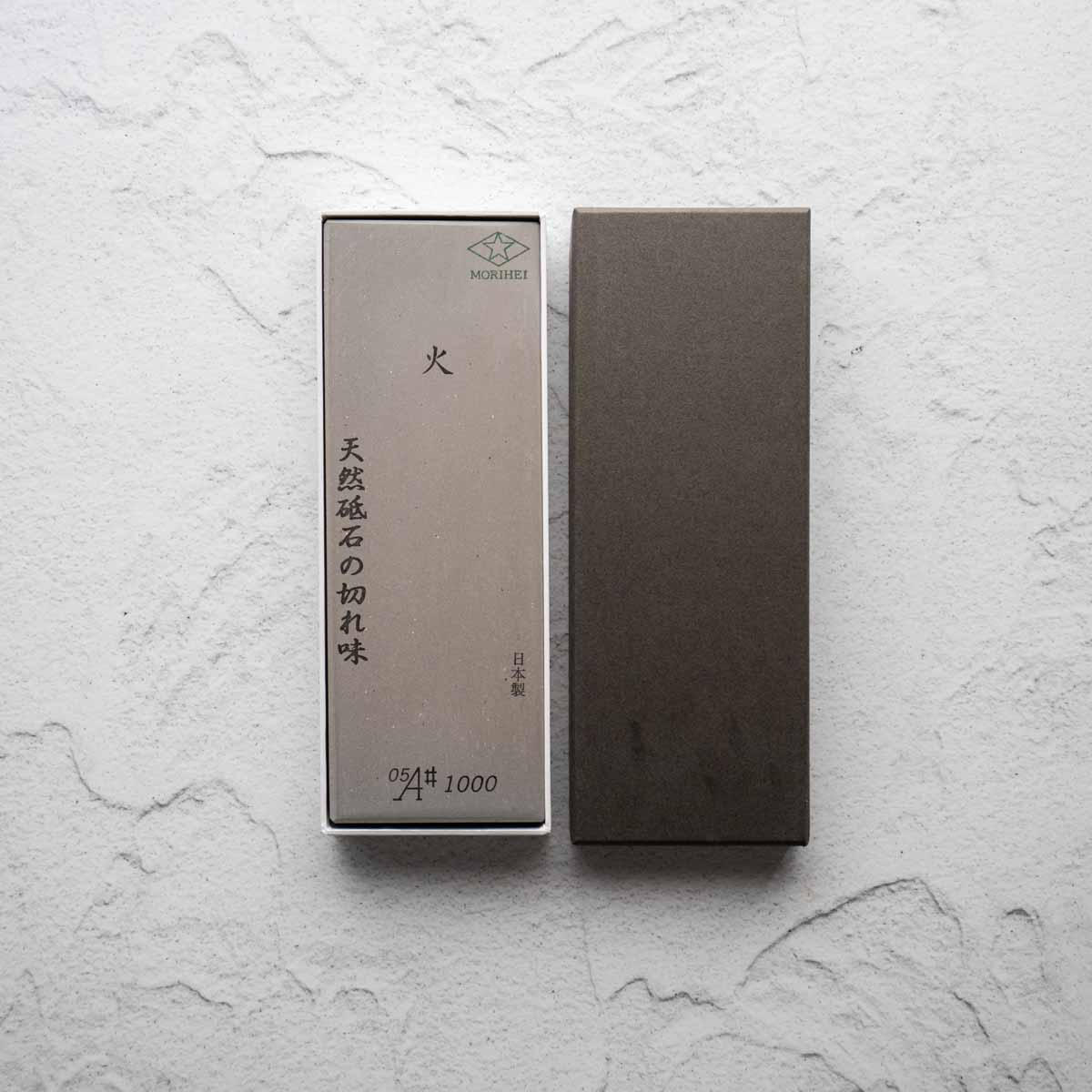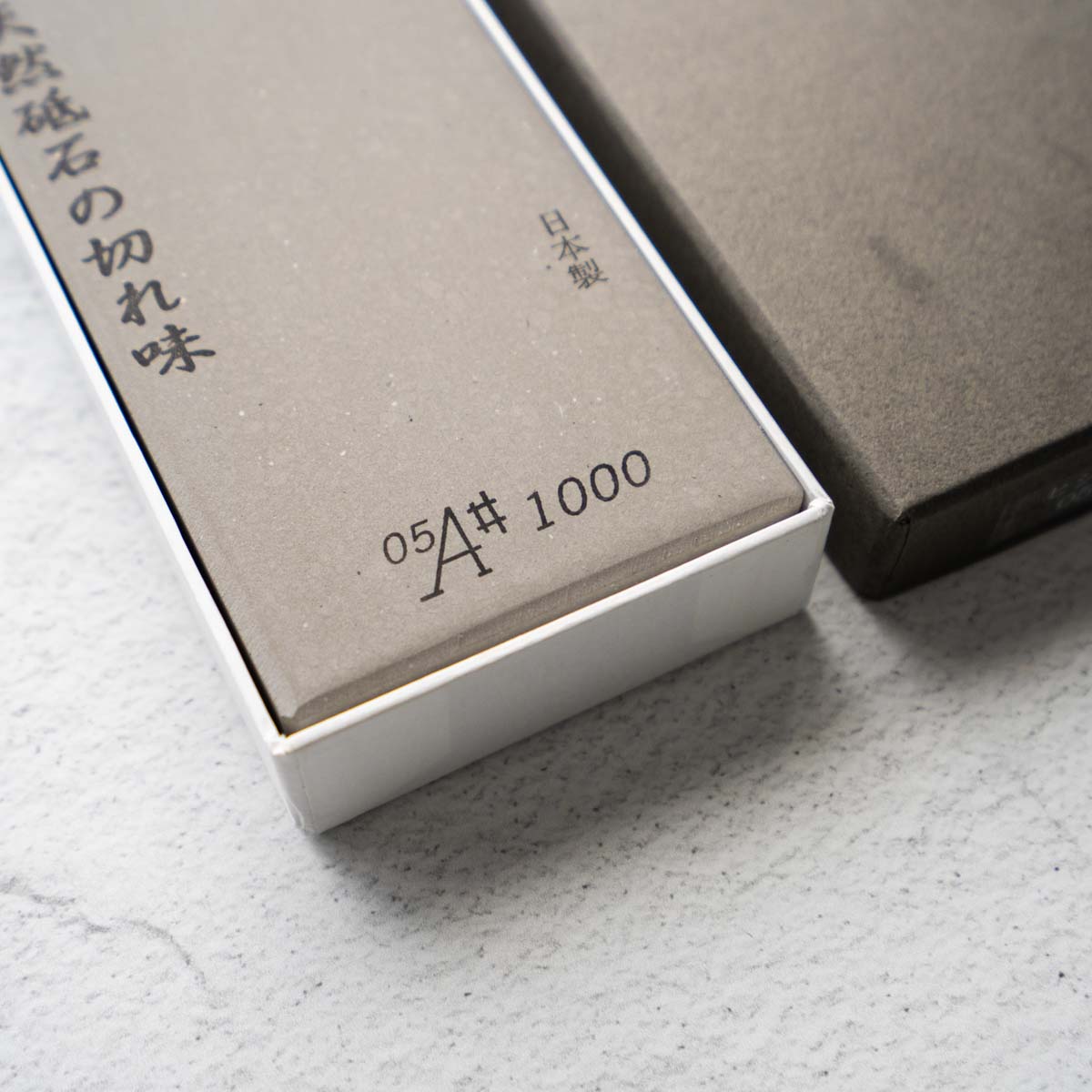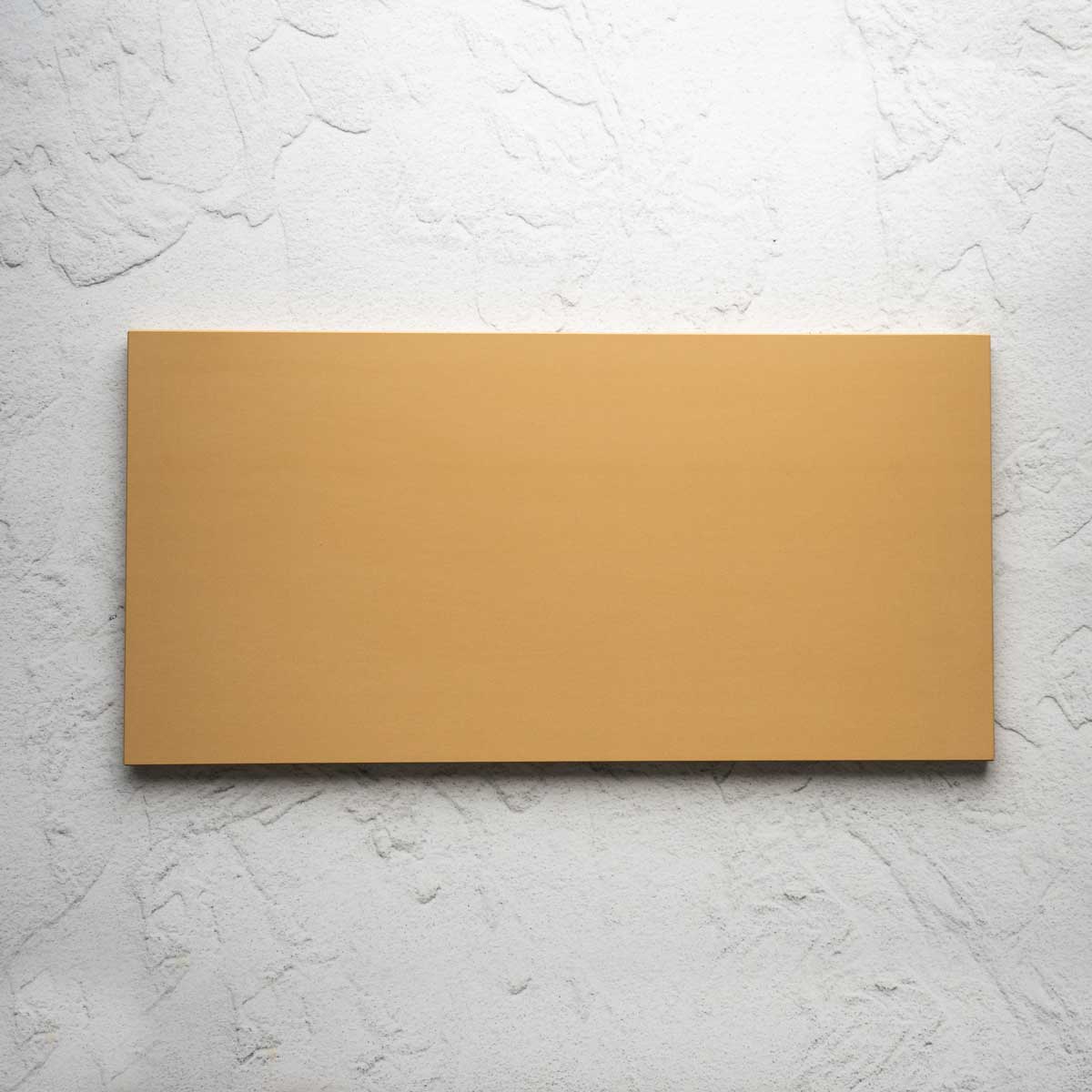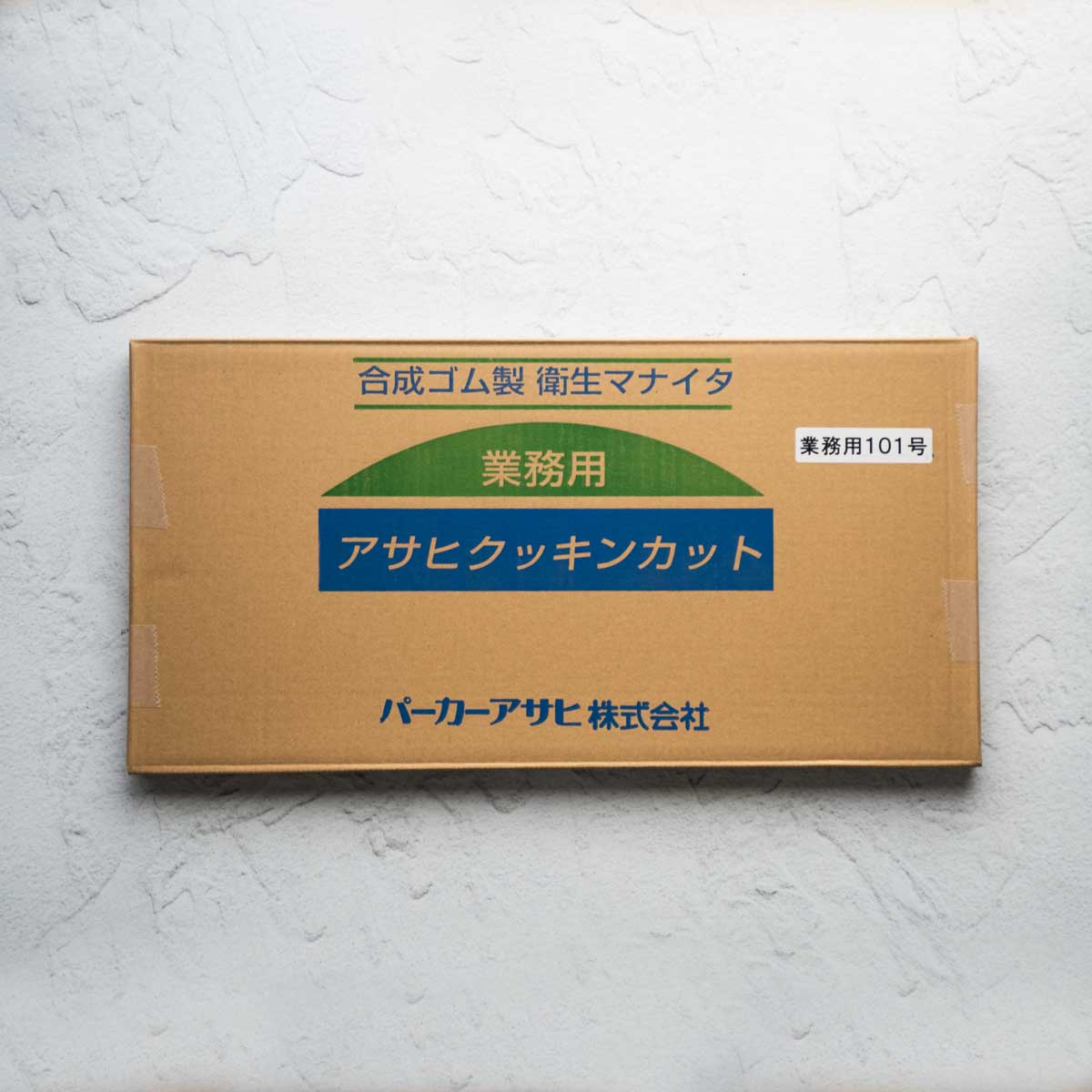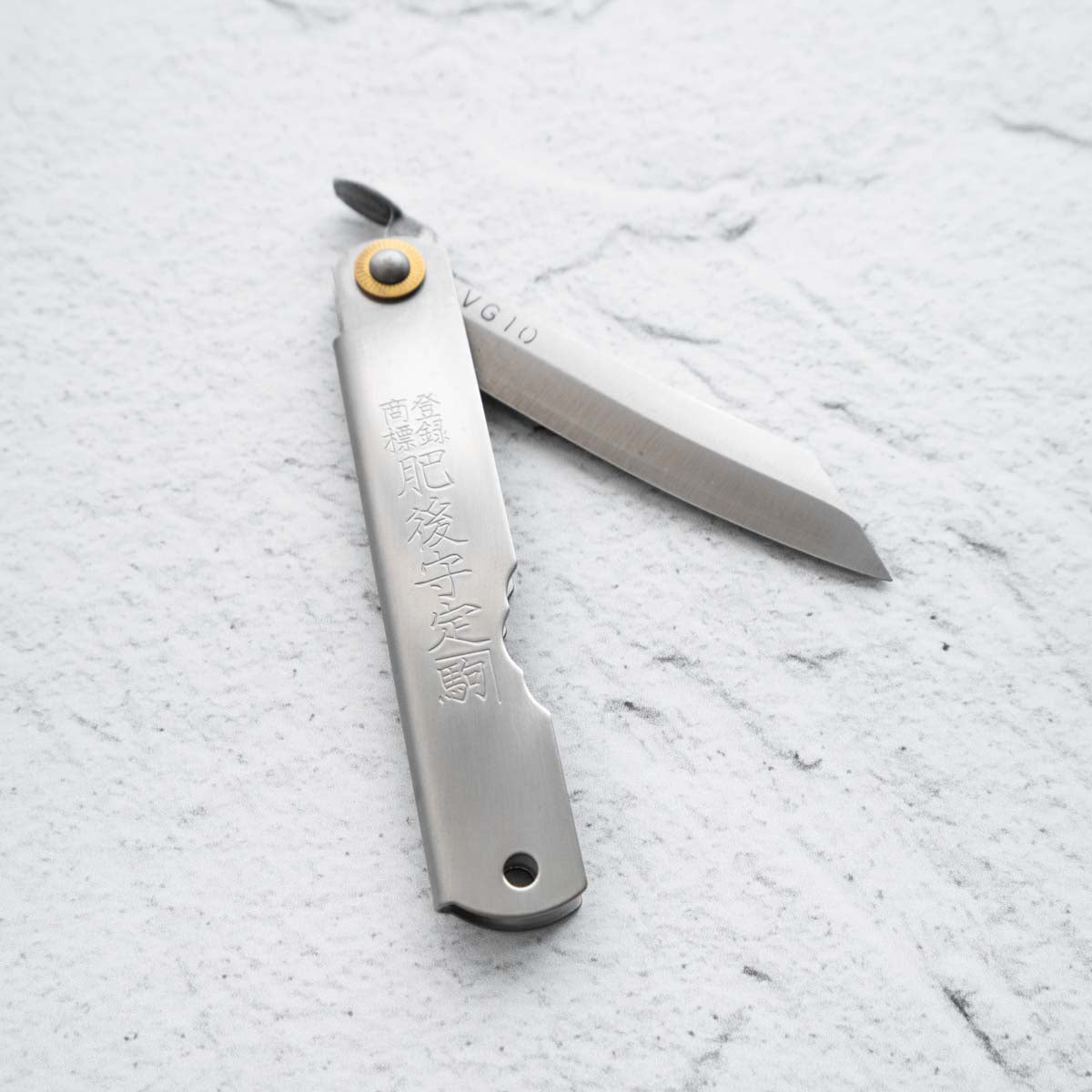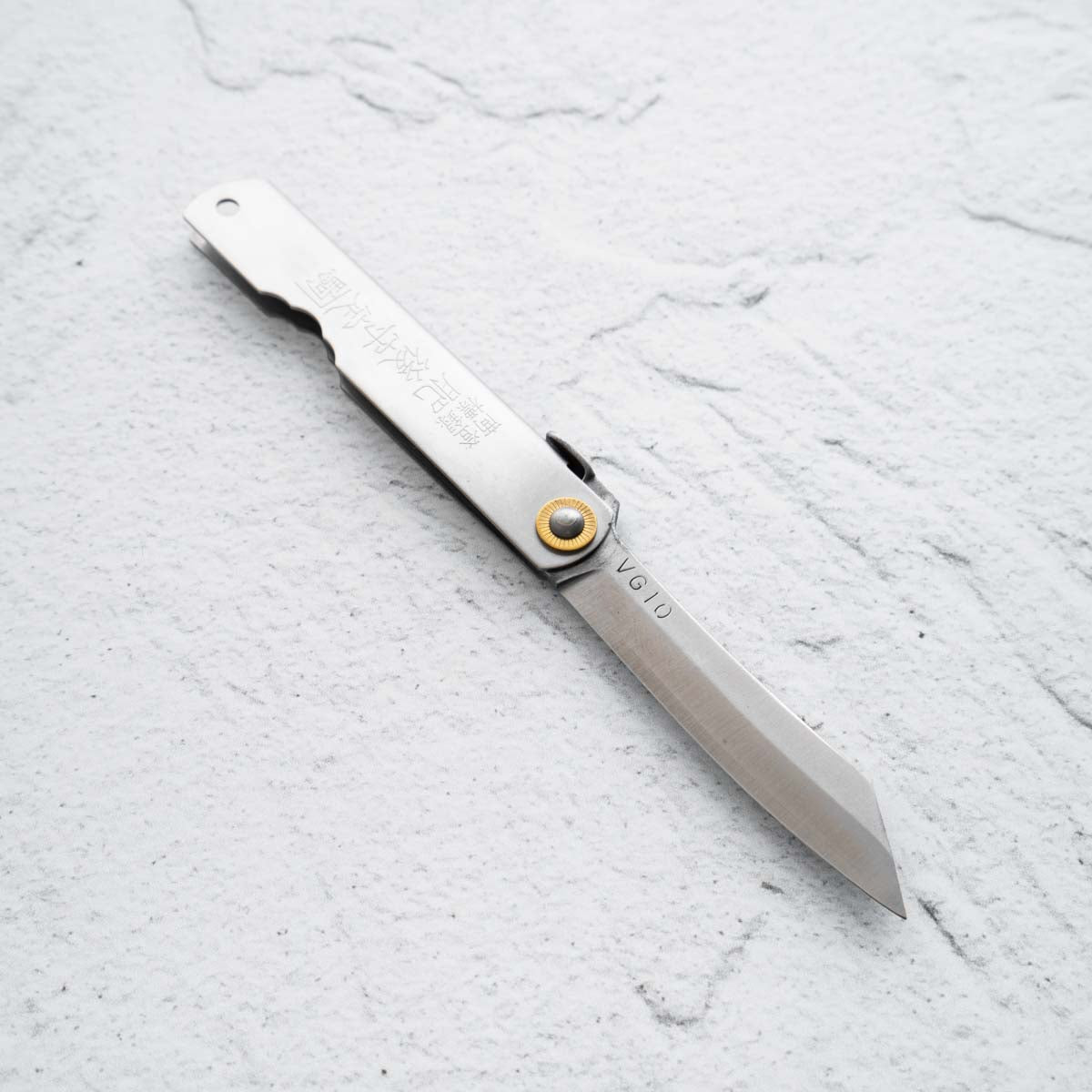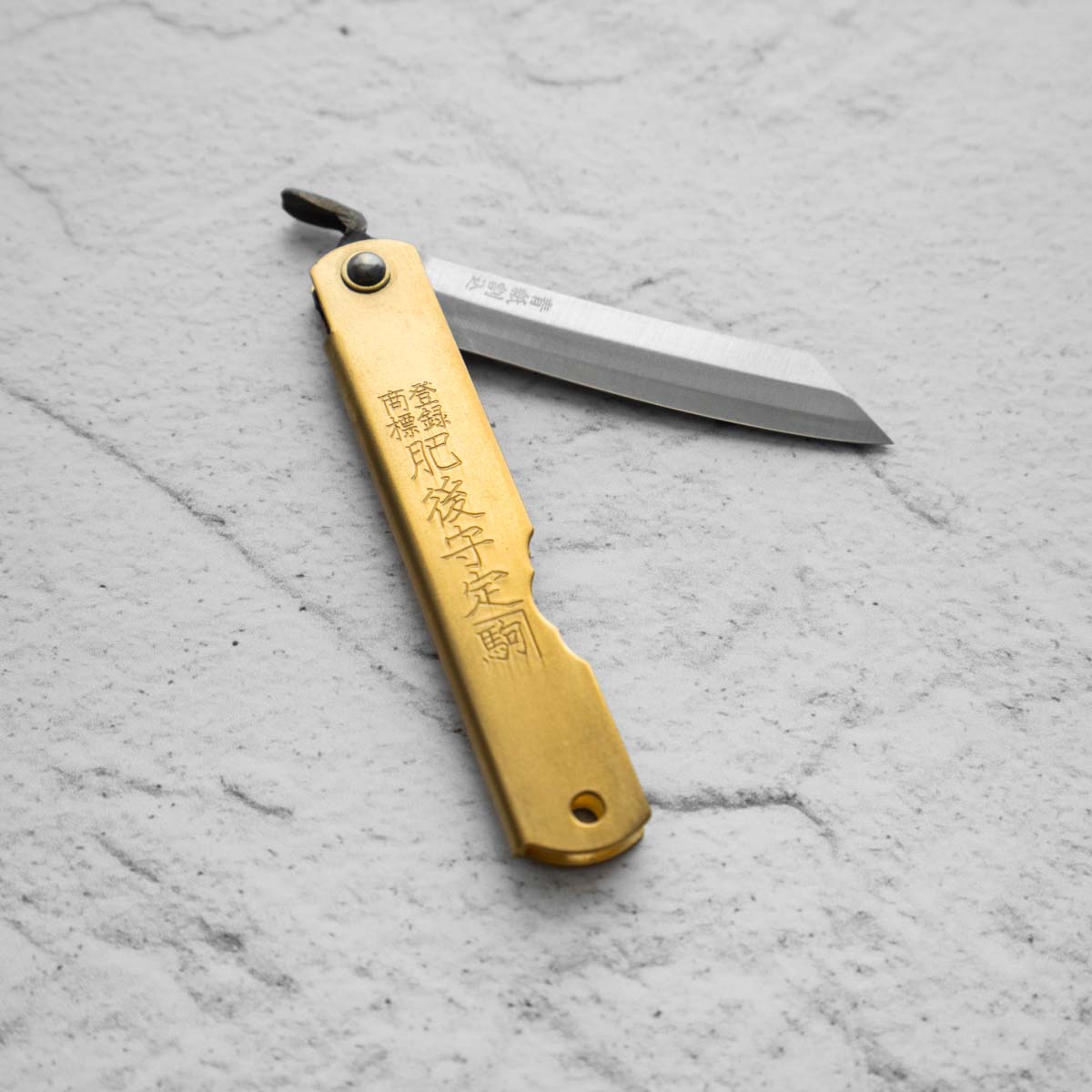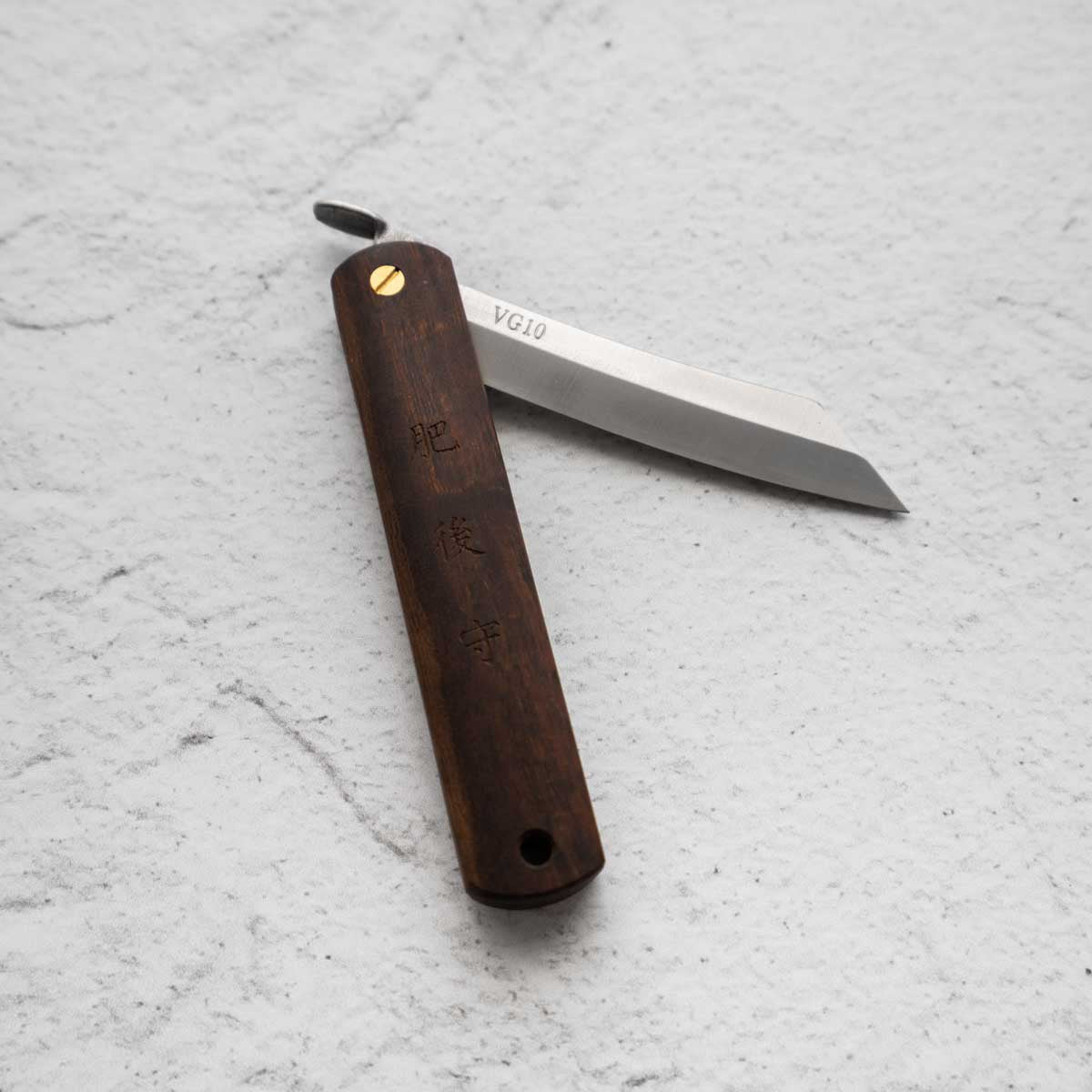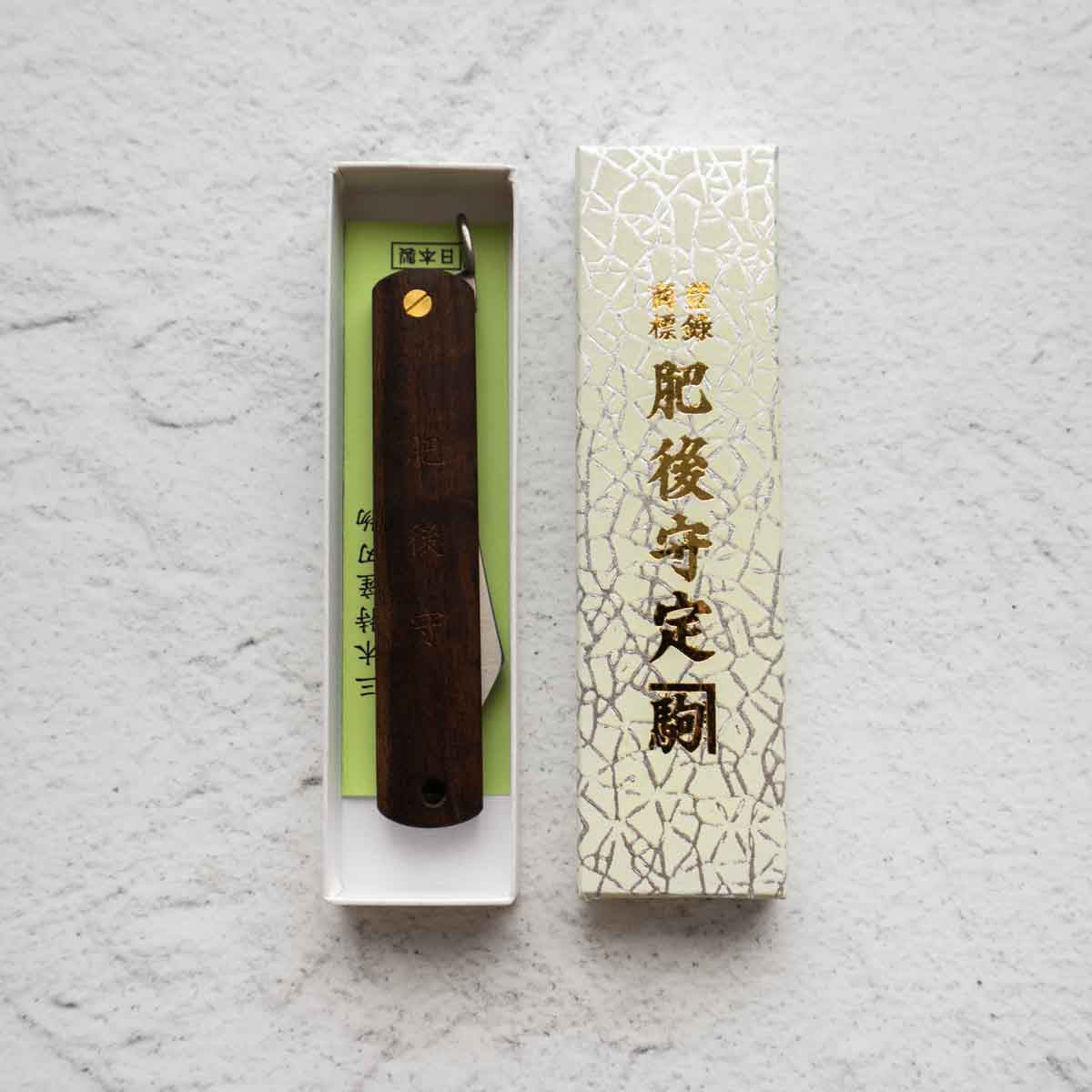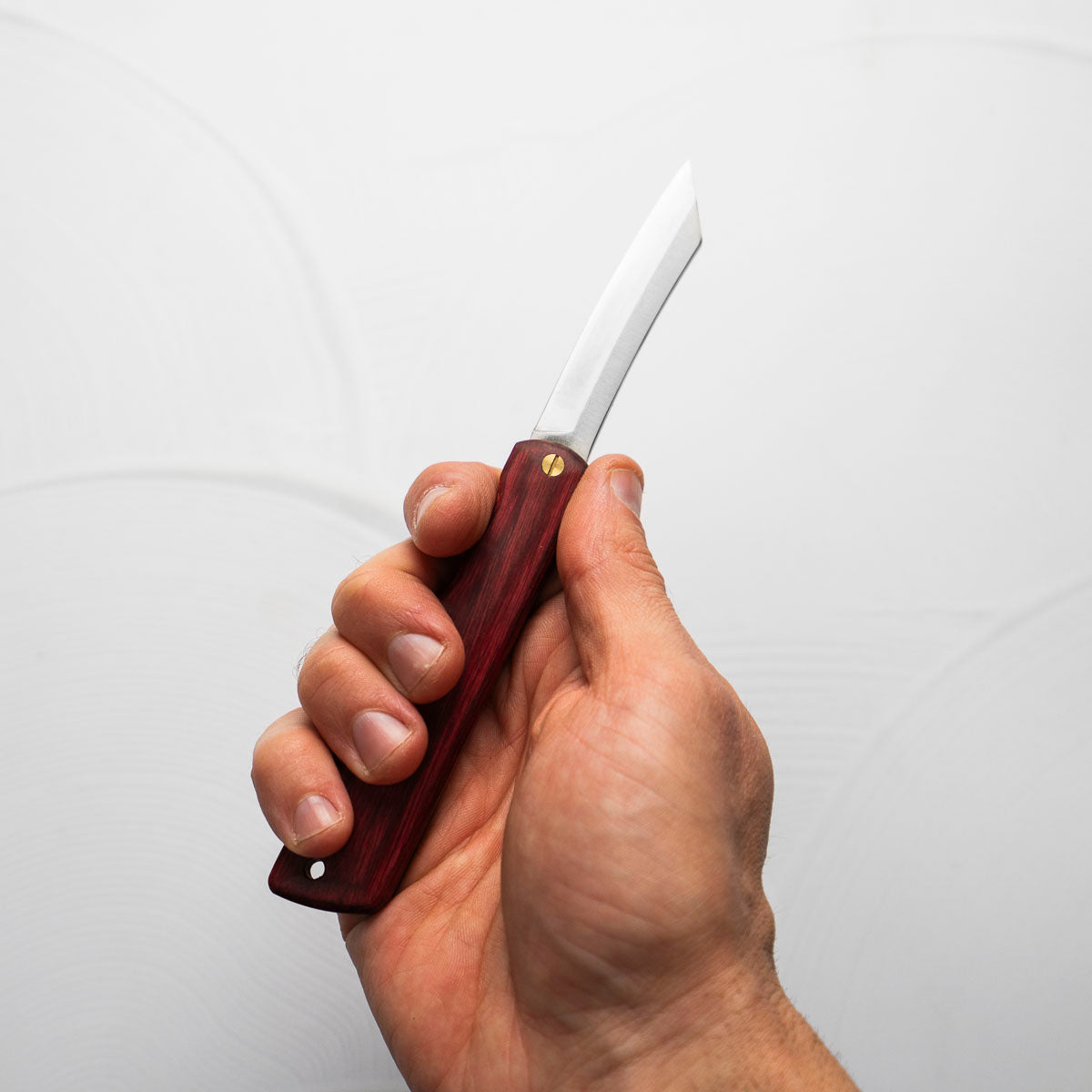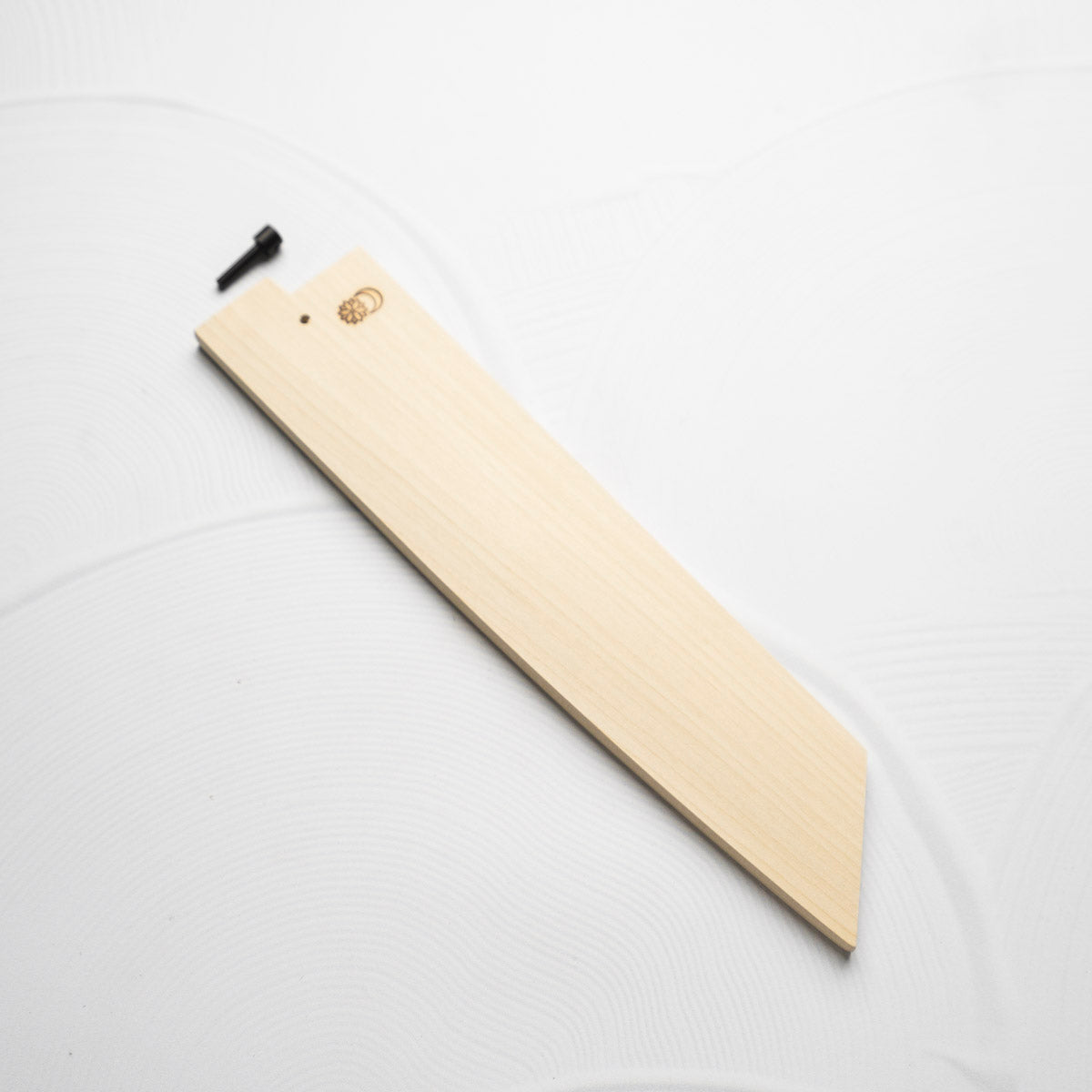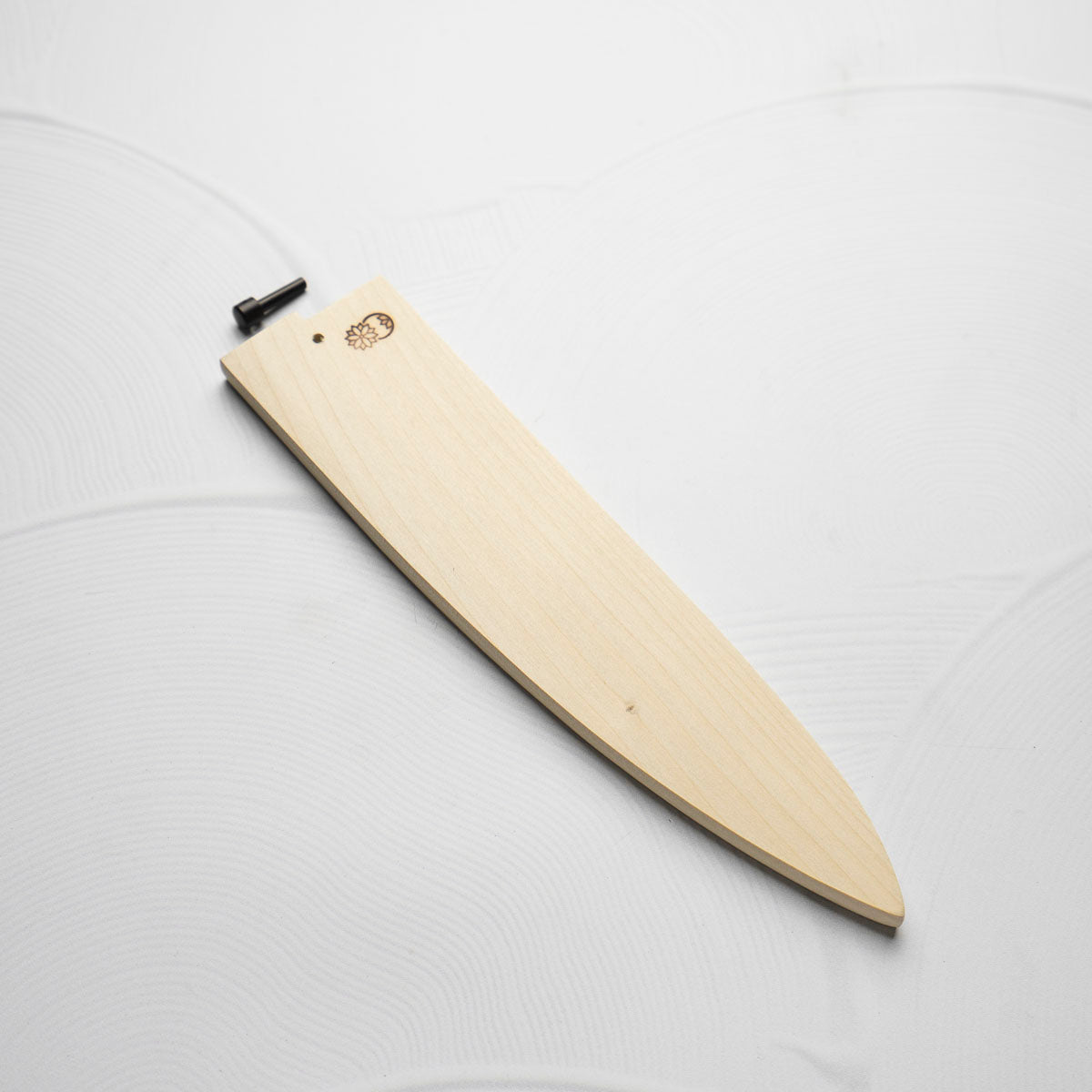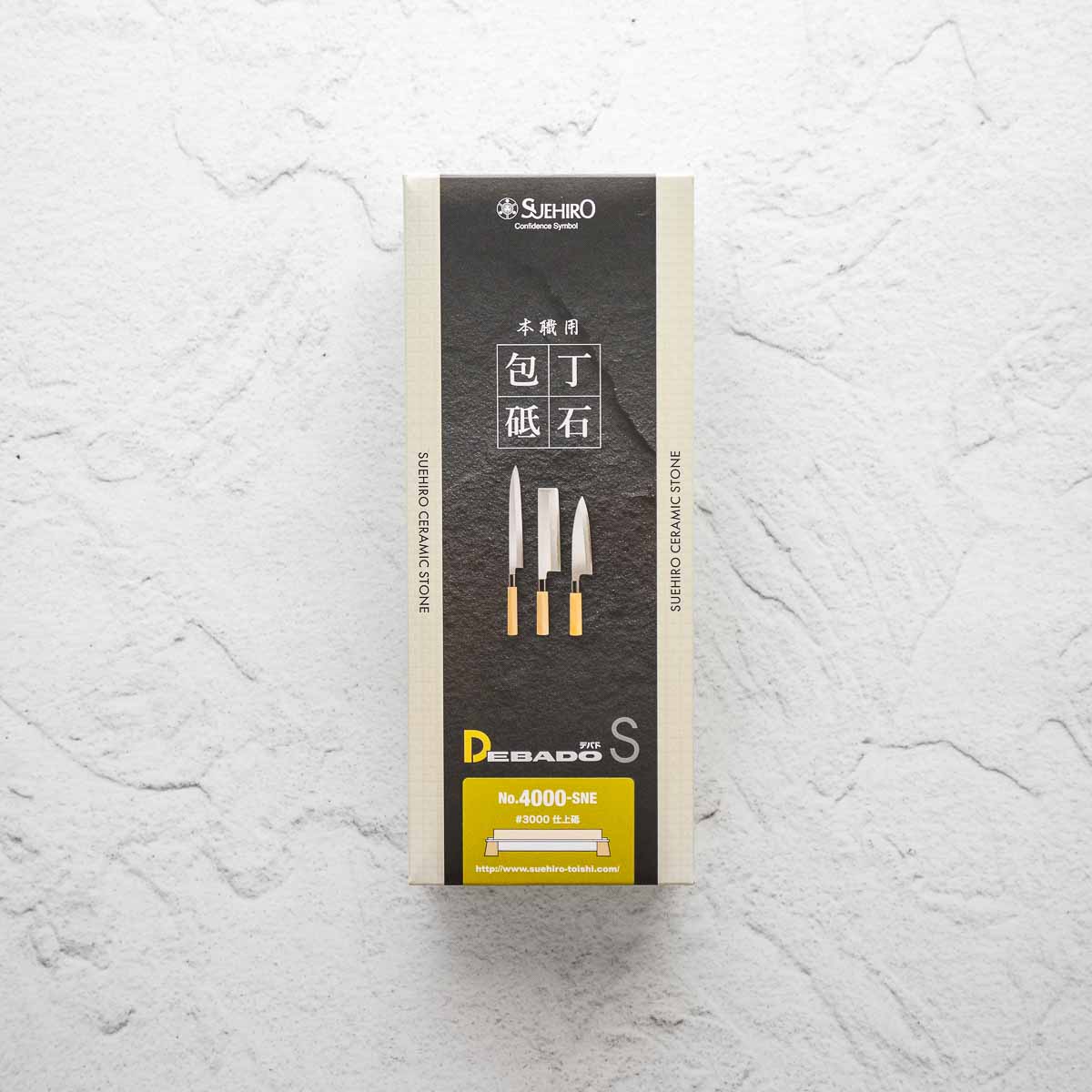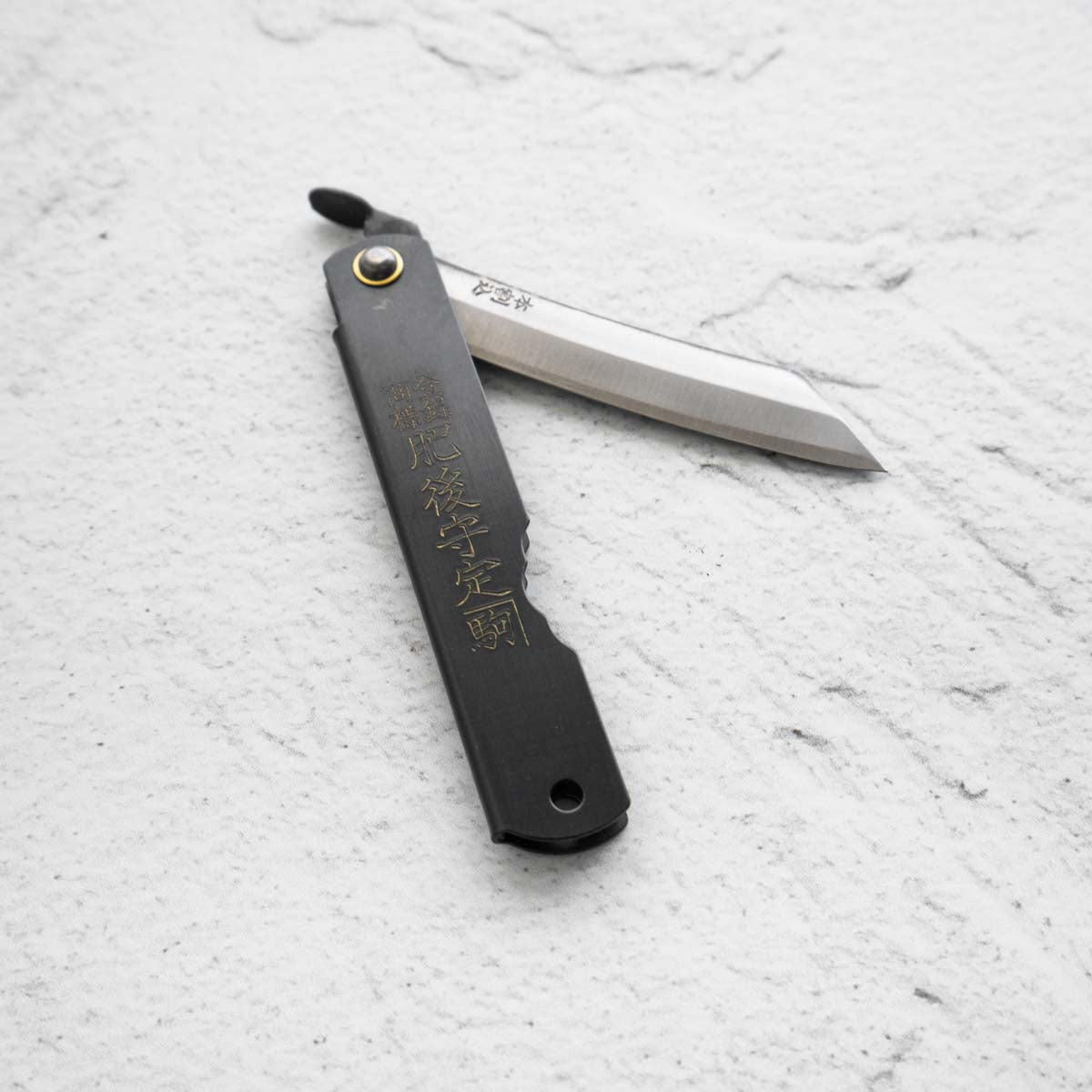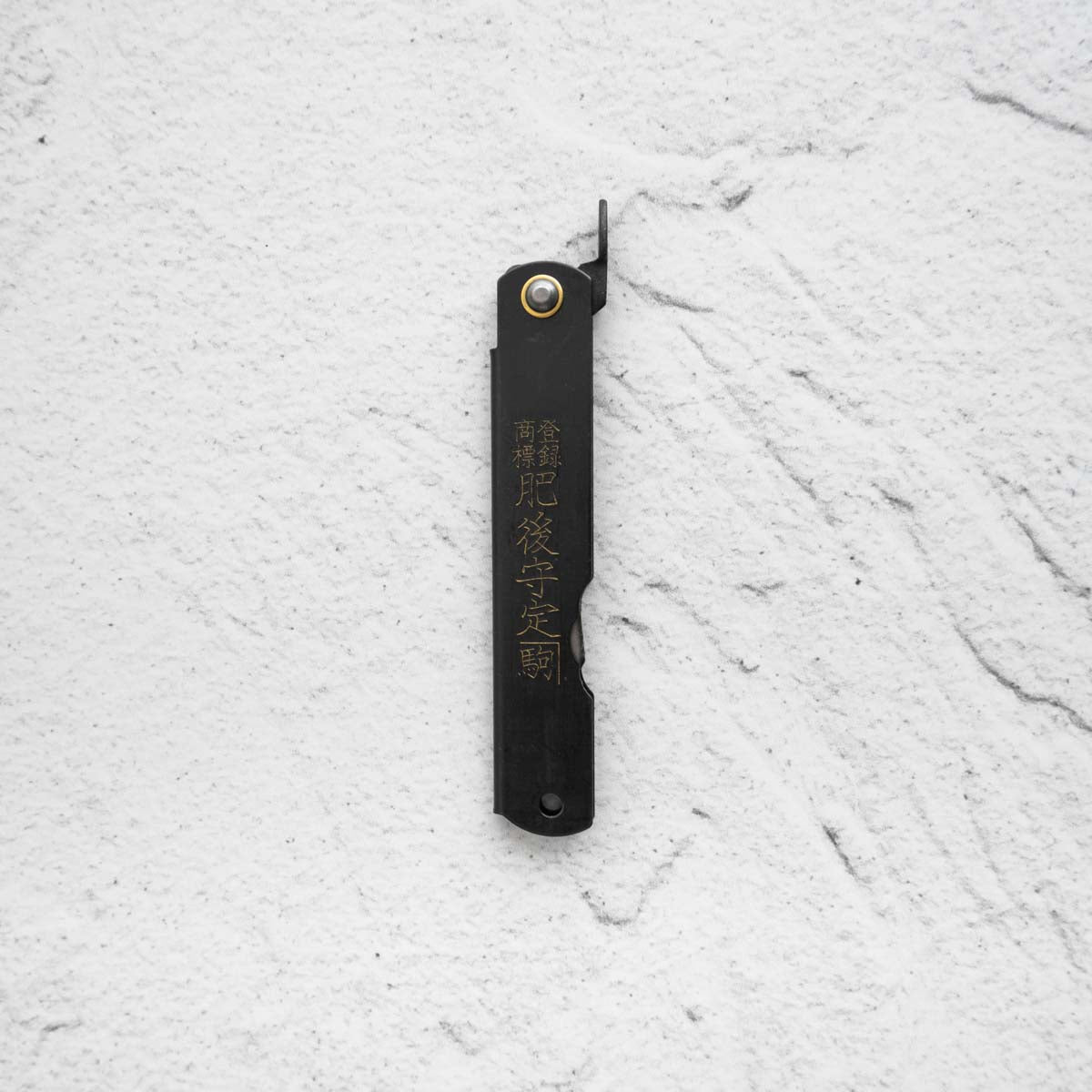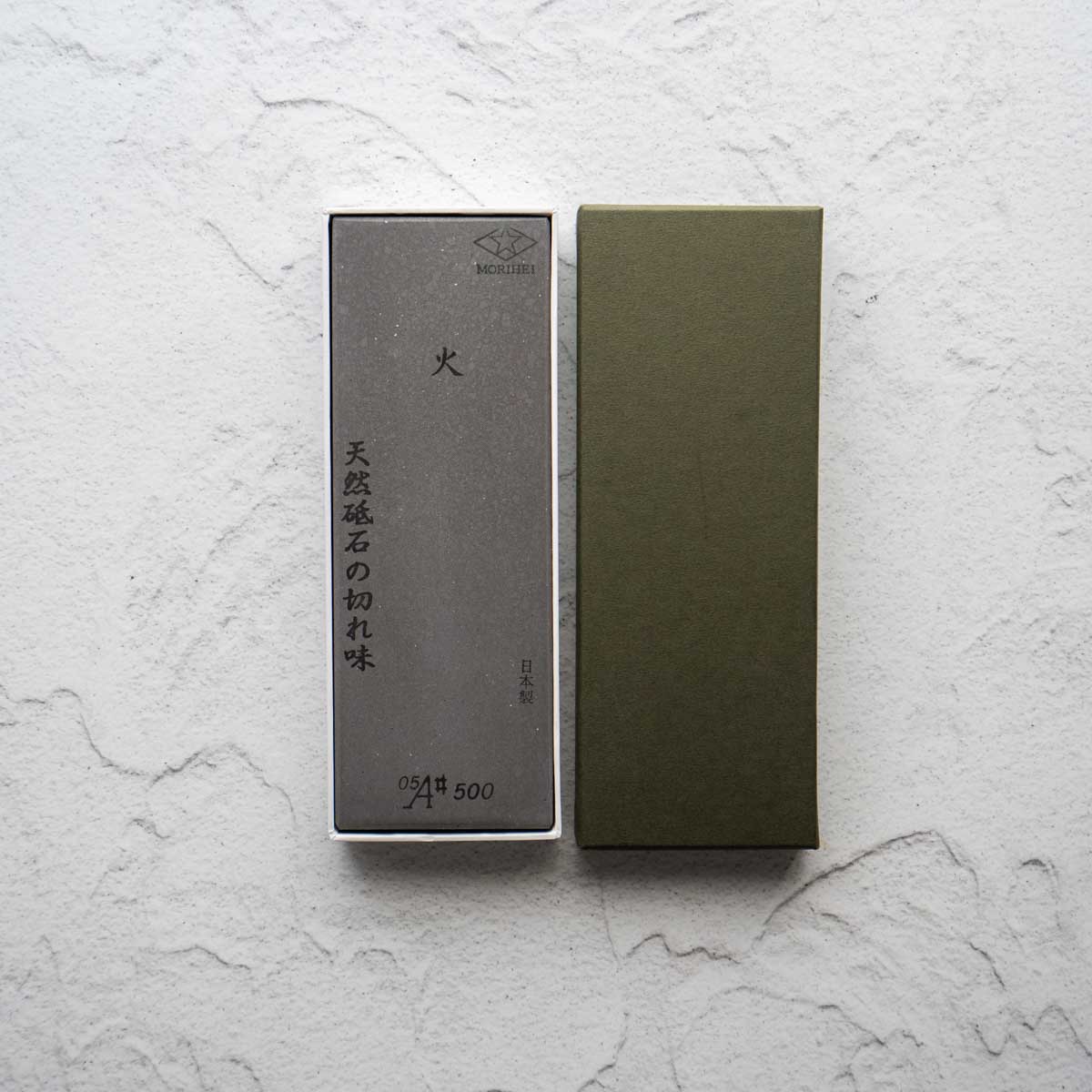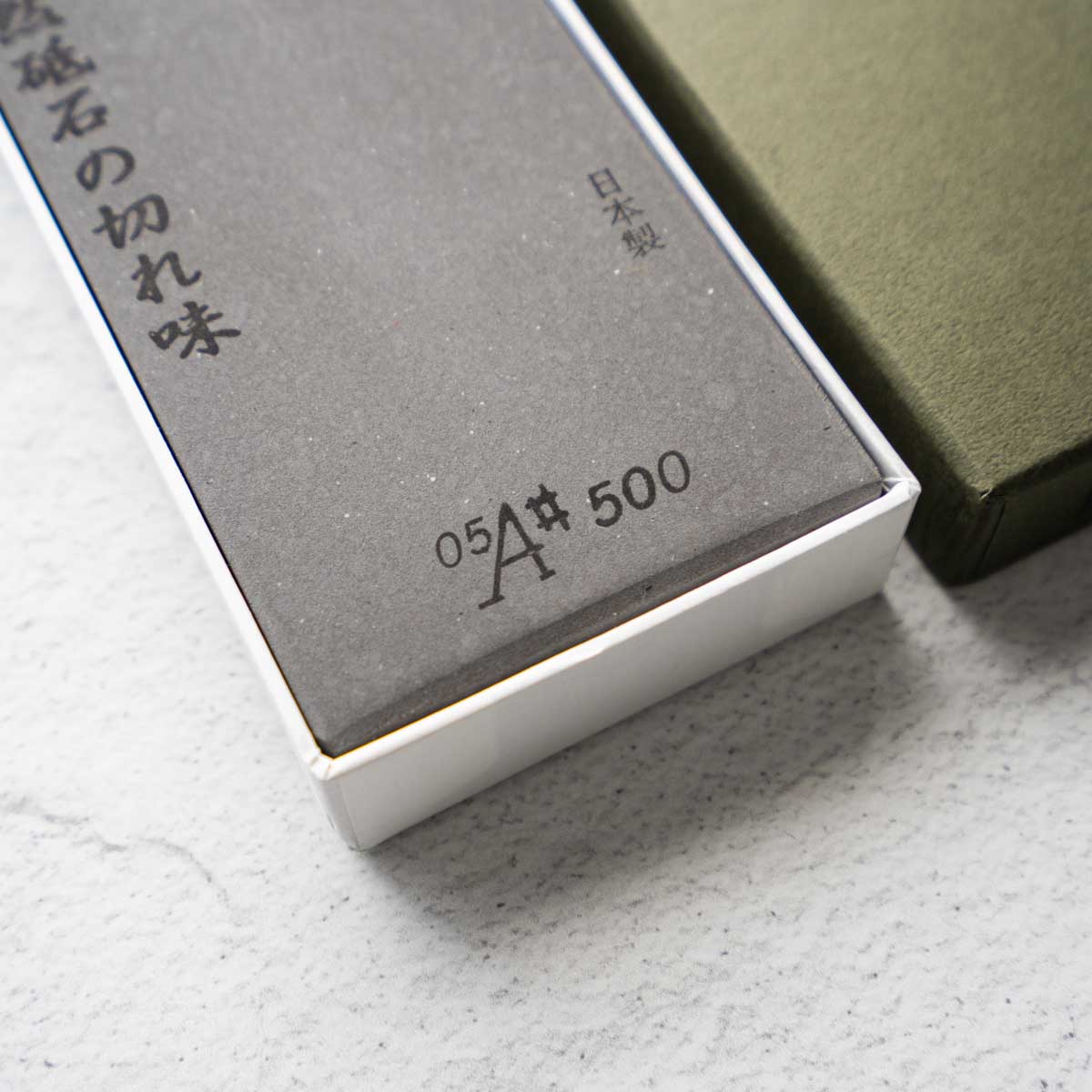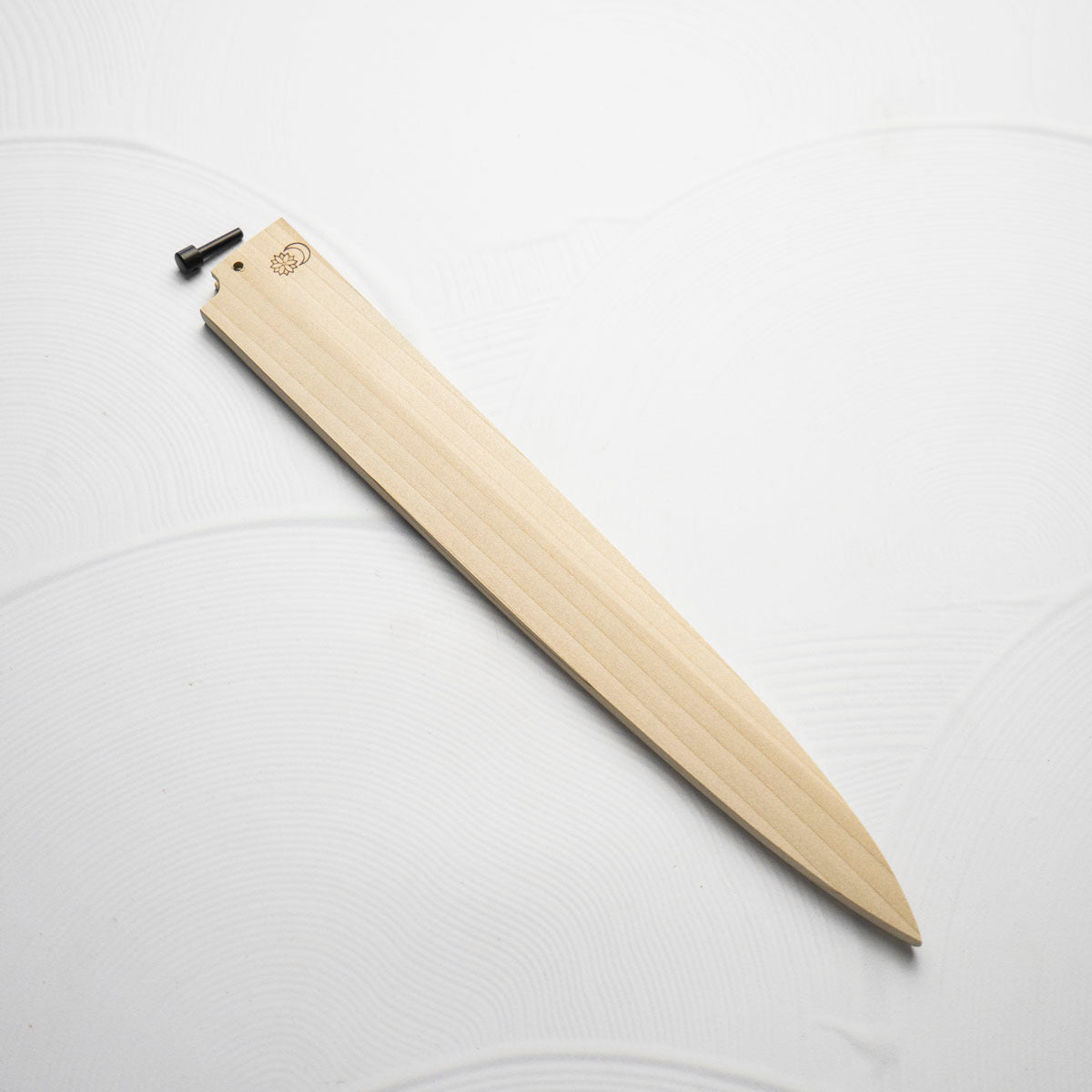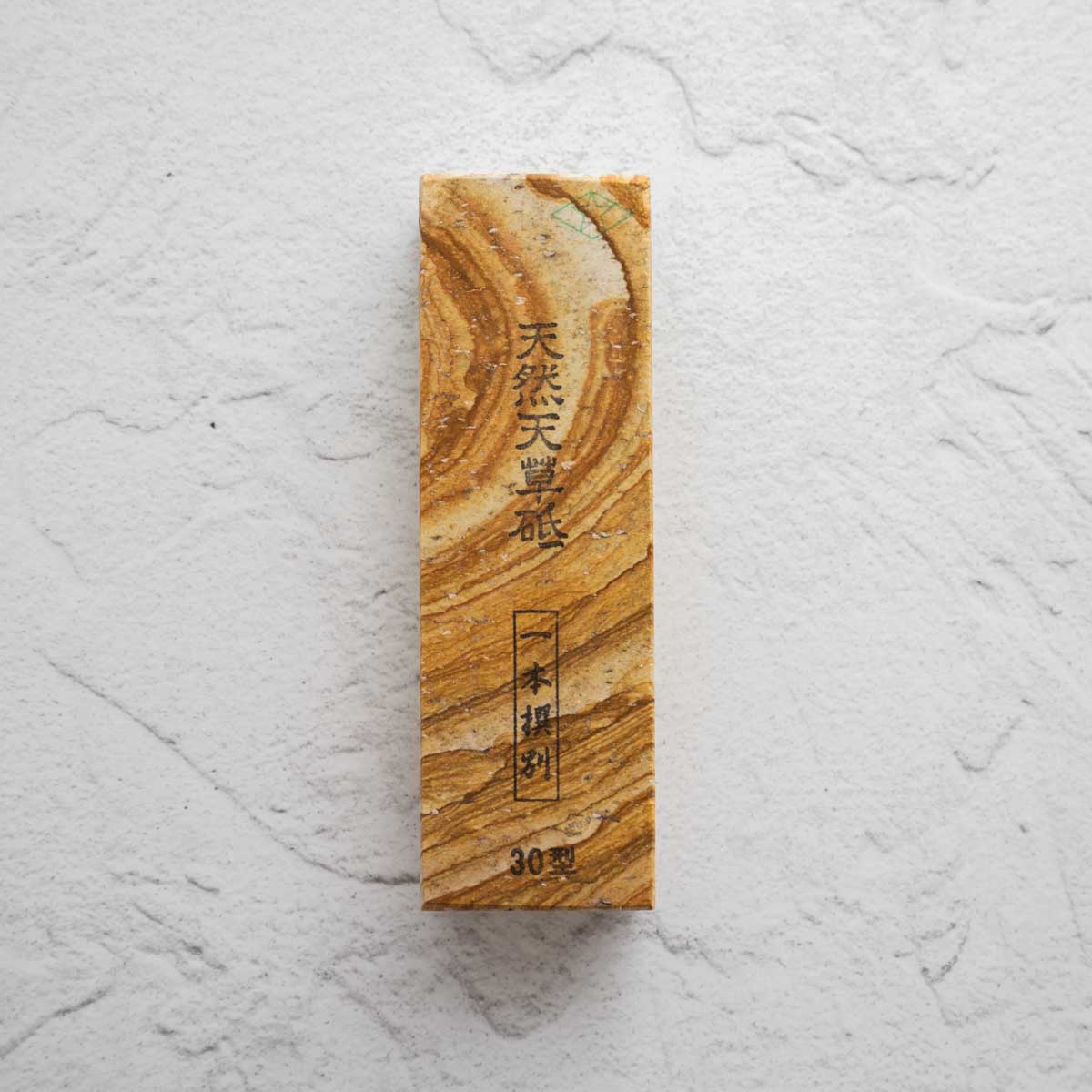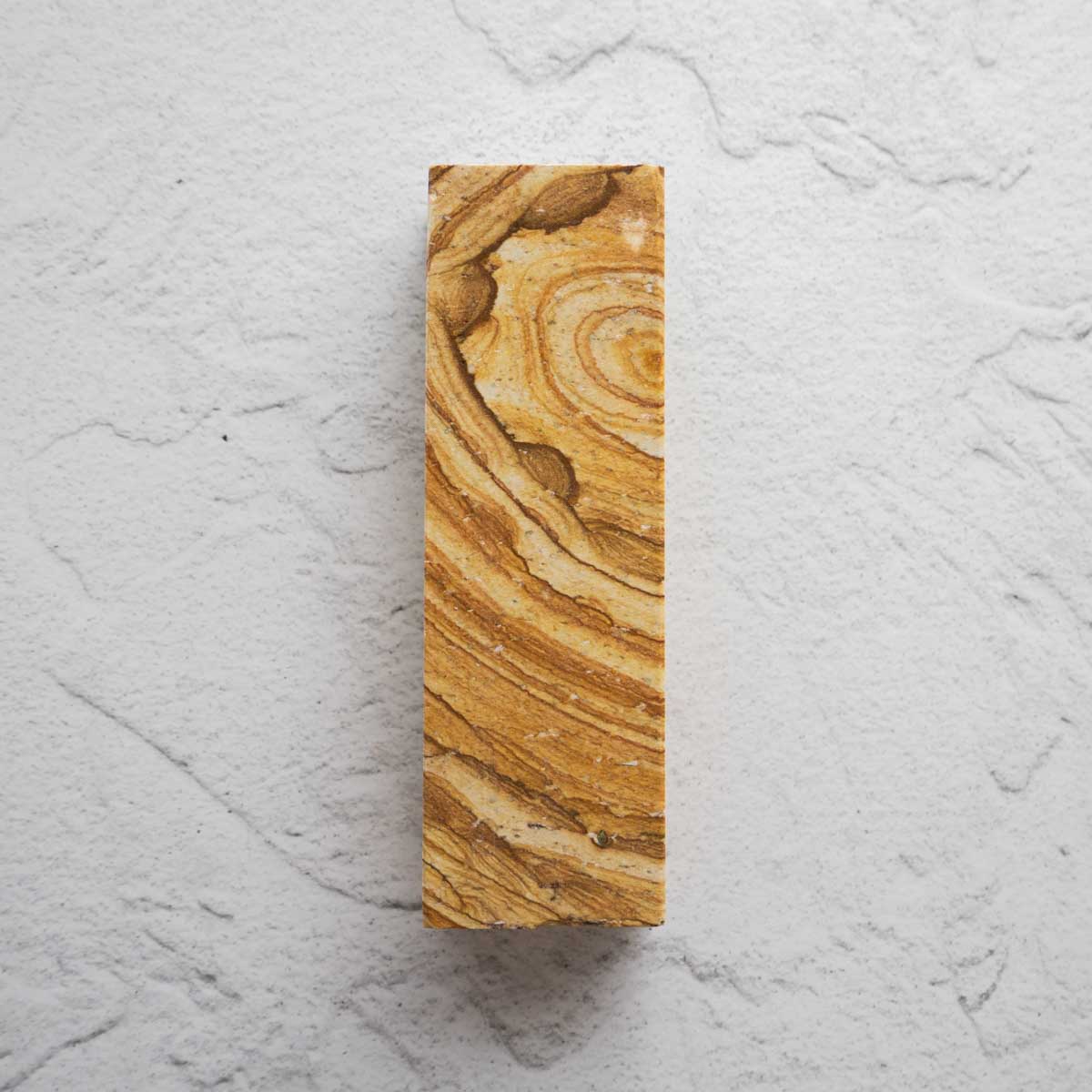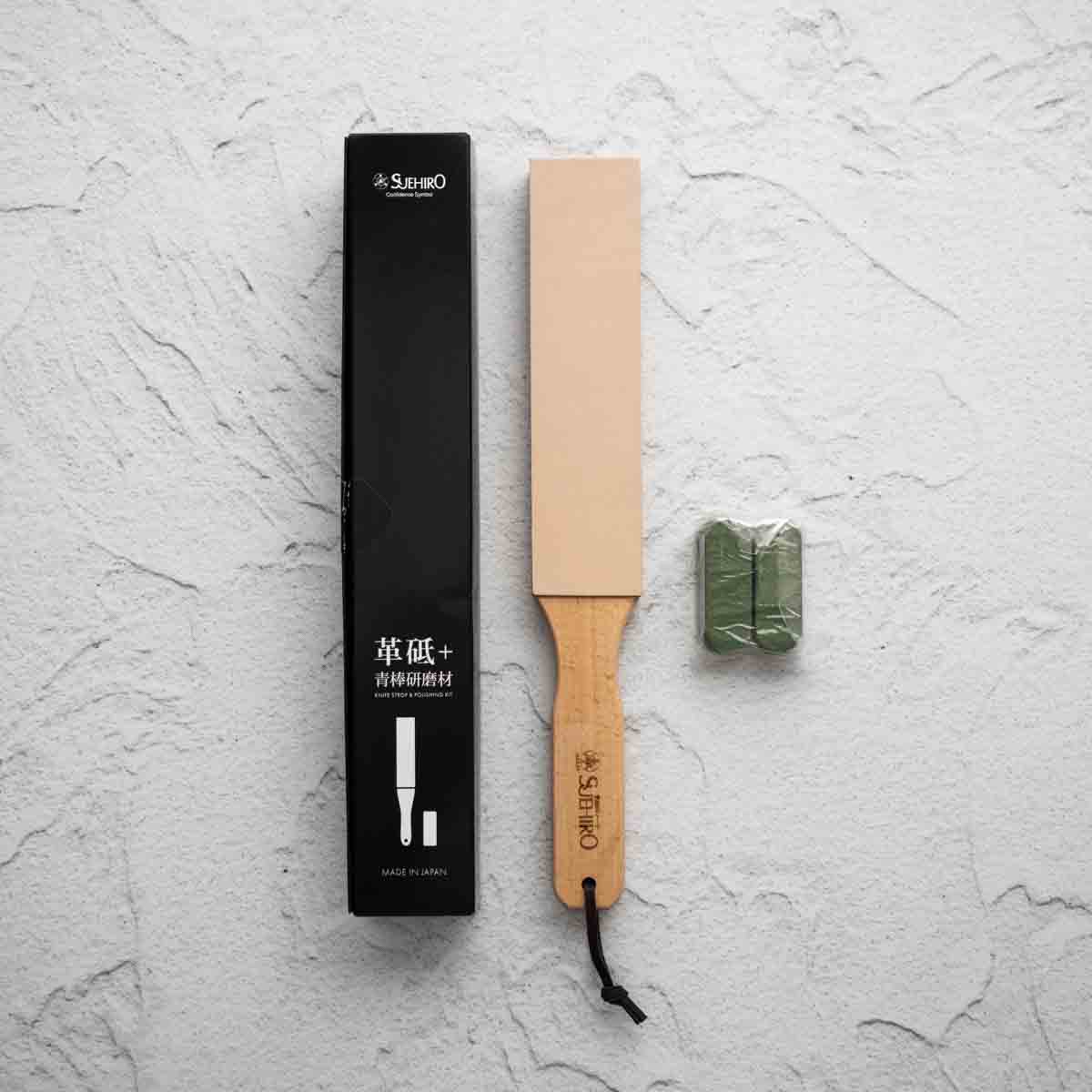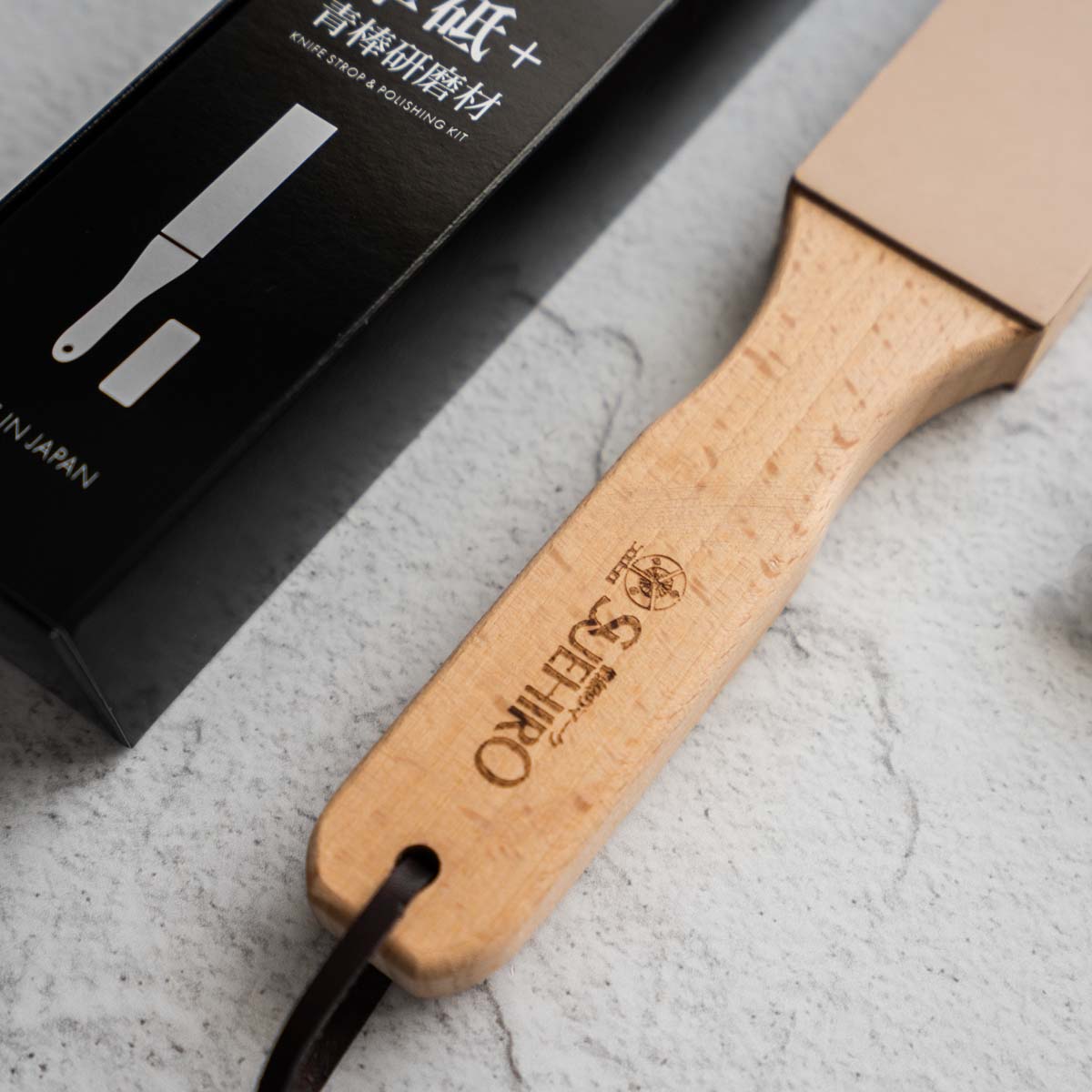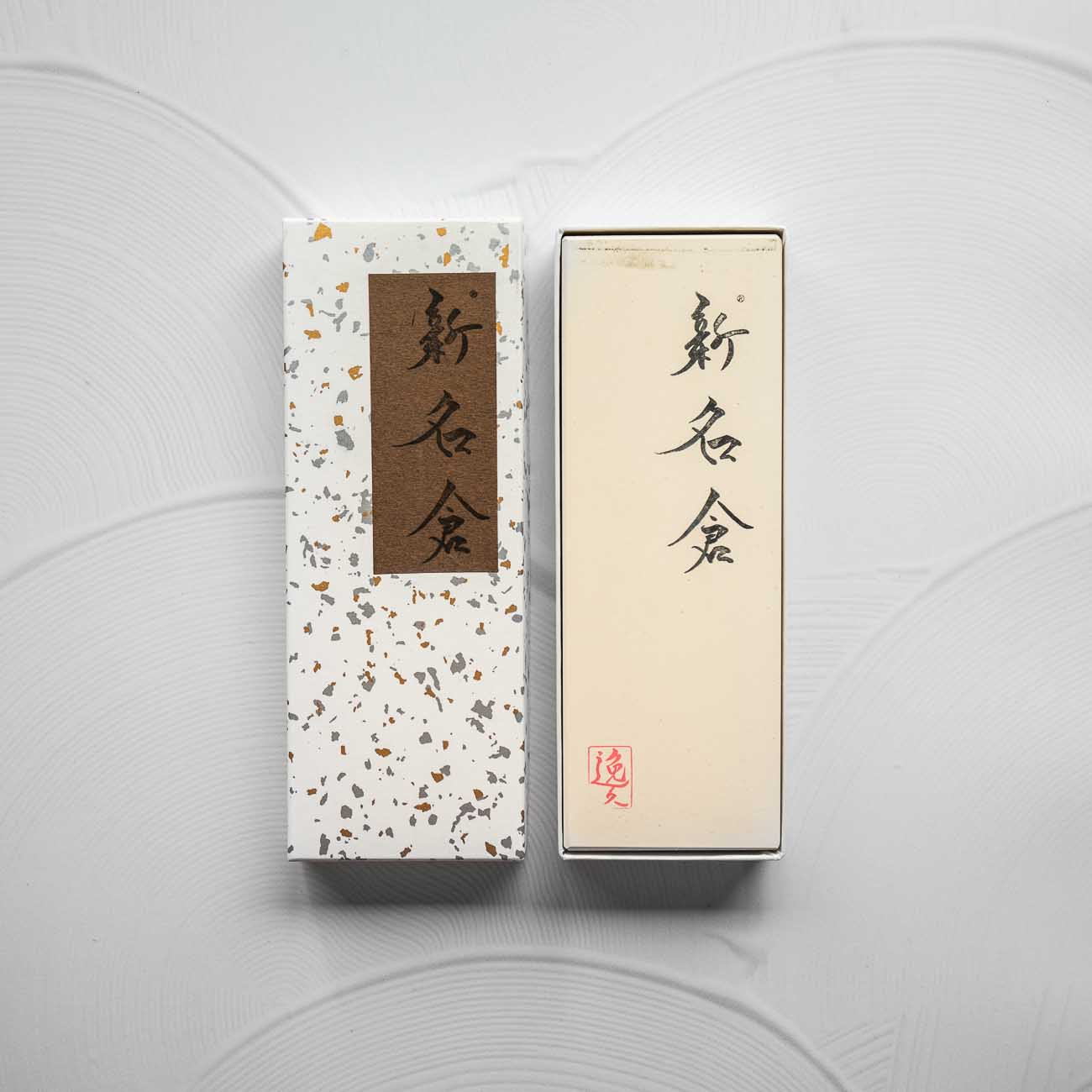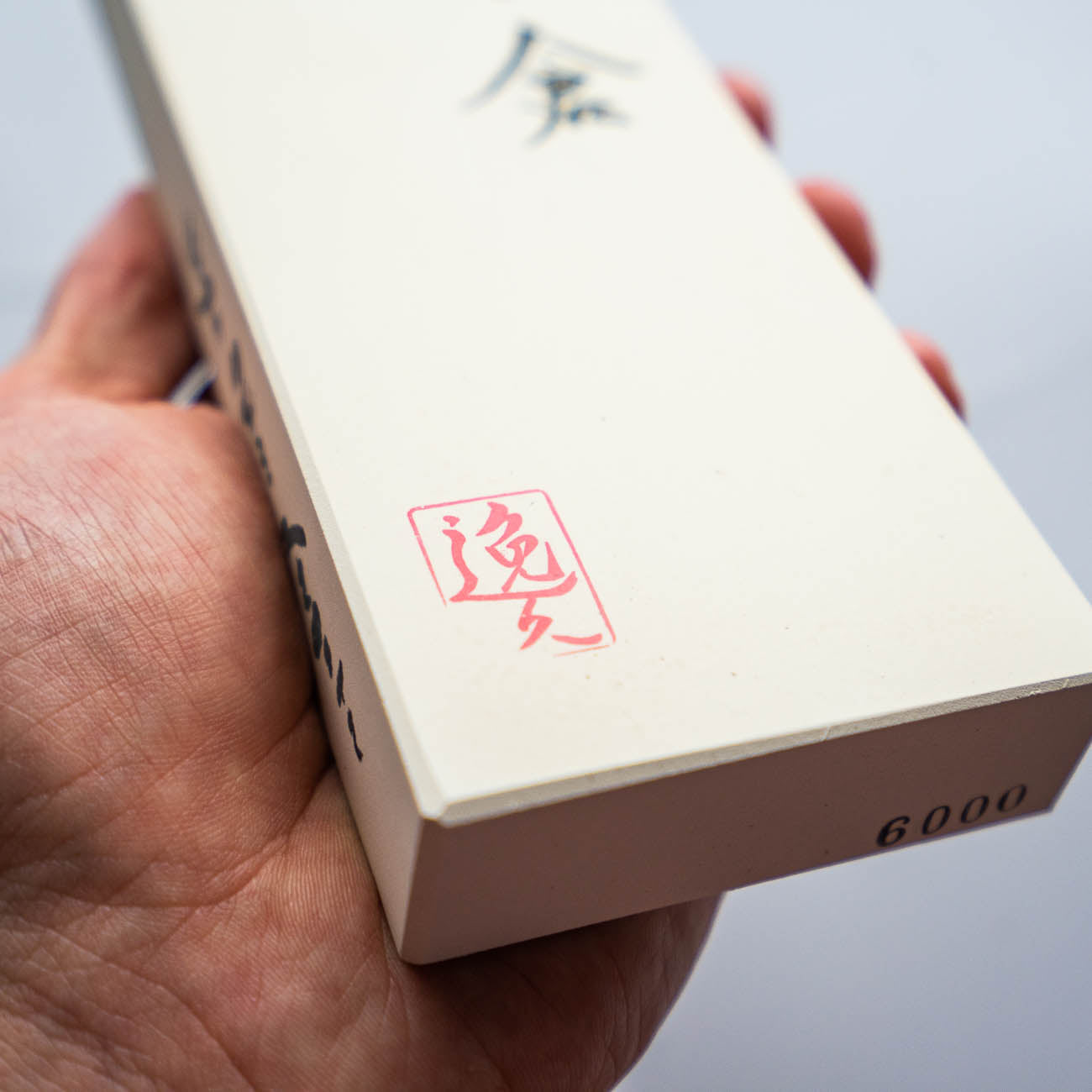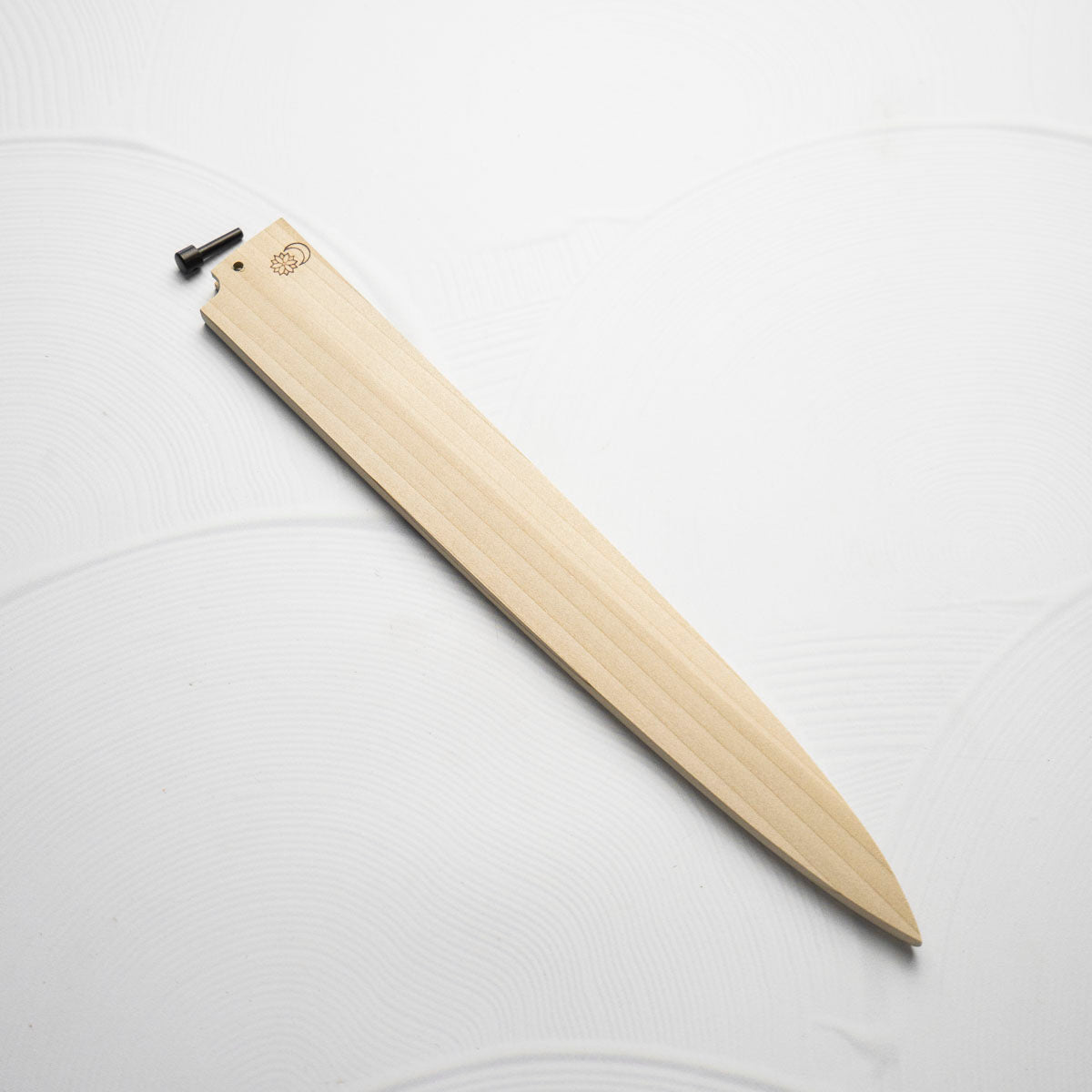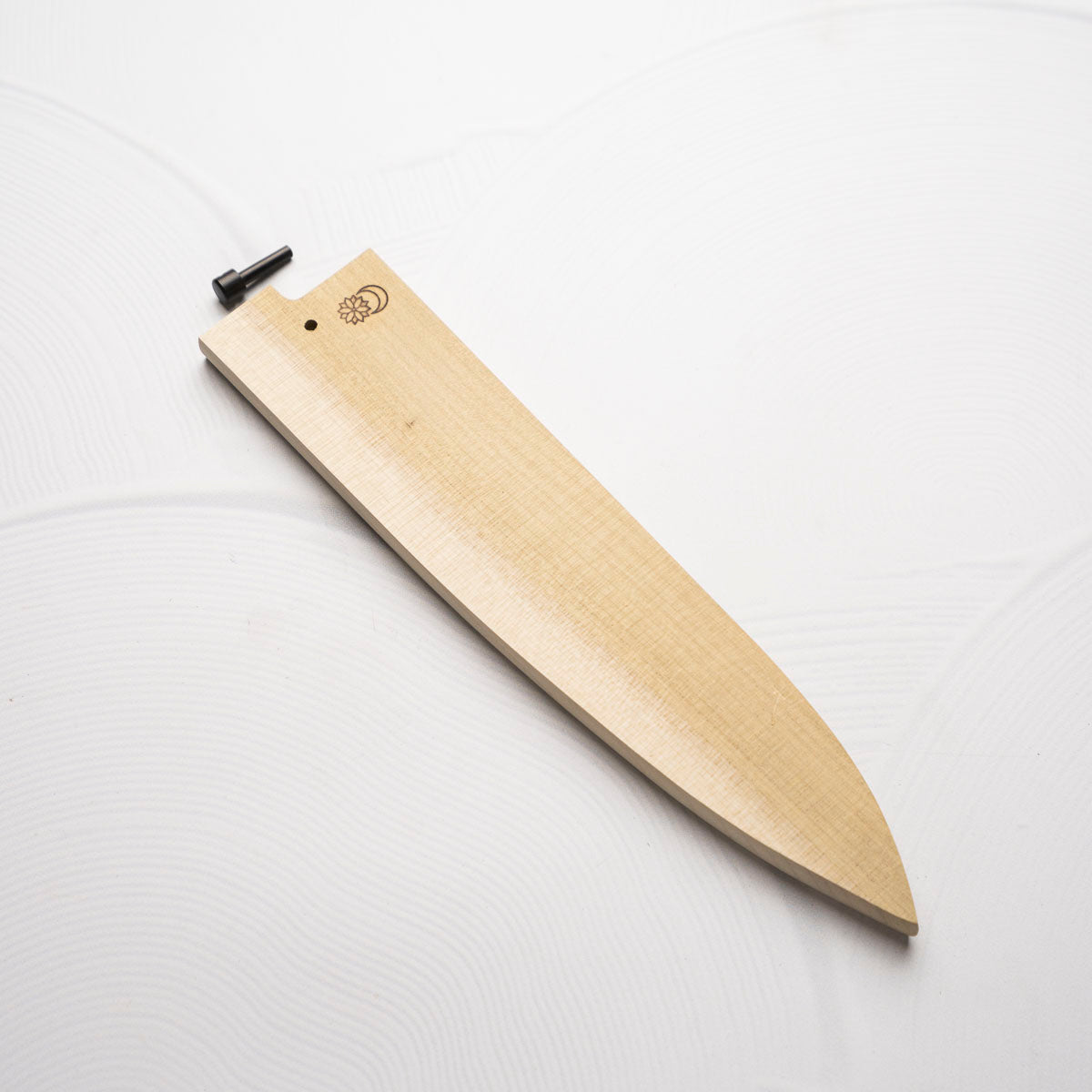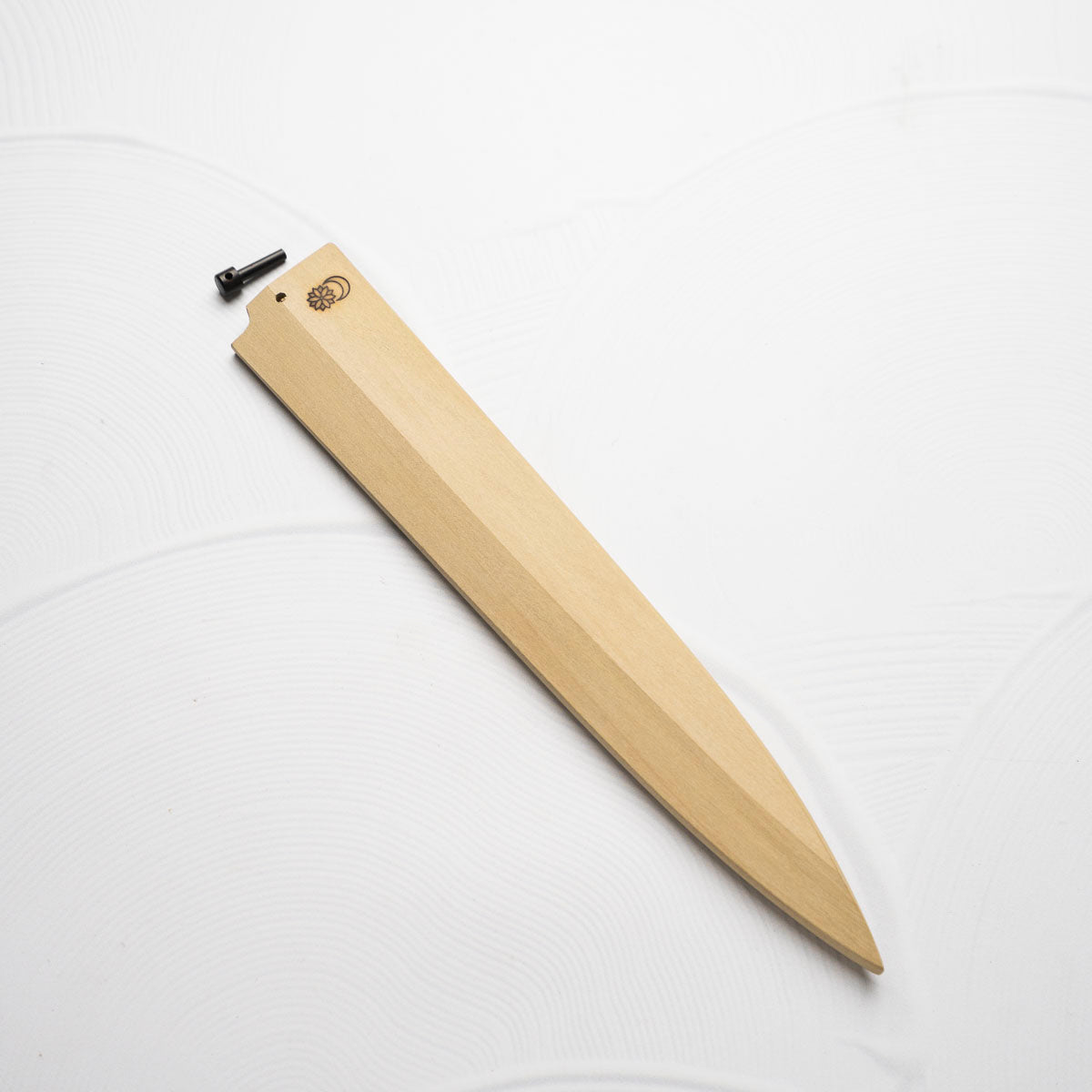254 products
254 products
Sort by:
Accessories Information
A synthetic marvel made by Morihei Japan, the Hishiboshi whetstones feel like natural stones, require no soaking, are extremely long lasting and offer excellent tactile feedback.
*AVAILABLE TO AUSTRALIAN CUSTOMERS ONLY. WE CANNOT SHIP THESE INTERNATIONALLY*
Asahi have been manufacturing synthetic cutting boards for Japanese knives for over 50 years. Over this span of time they have refined their products and now offer some of the best quality cutting boards in the world.
There are some great benefits to using a synthetic board:
- They are Antibacterial/Mould resistant. This is a huge advantage over wooden cutting boards that hold bacteria even after washing.
- Easy on knives. They have a wood-like texture and good feedback.
- They are scratch and wear resistant, and very tough. A test was completed after 50,000 cuts in a controlled environment, and the synthetic board had approximately 66% less wear depth.
- Stability. These boards are weighty, they don't slide around on the bench.
For full care instructions and product information please see the link below:
http://www.parker-asahi.co.jp/pdf/Elastic_Rubber_Chop_Board_en.pdf
Knife Information
1894- Mr. Tasaburo Shigematsu, a hardware wholesaler, introduced a new pocket knife with its blade and sheath folded by installing a small handle “Chikiri (tail)” on the blade, while inspired by the knife he brought back from Kagoshima.
He named it “Higonokami Knife” because many of his customers were in Kumamoto area (formally Higo country), which turned out to dramatically increase his sales. The blades have gradually changed their shapes. Unlike single-edged knives, the double-edged blades (V-shaped cross section) were in those days considered common. The earlier blades had a sharper tip (shape of a bamboo leaf), but now they have square shapes. The sheaths had a vertically folding style and a cross folding style, now the vertical one has to be custom made.
In 1911, at the First Kobe Export Articles Competitive Exhibition, Crown Prince (later Emperor Taisho) liked Higonokami on display very much and bought one, which is said to have helped its fame further spread.
The Higonikami is a fantastic traditional utility knife at a low cost.
Specifications
| Style: | Higonokami |
| Blade Length: | 73mm |
| Weight: | 44g |
| Bevel: | Double Bevel |
| Blade Material: | Warikomi VG10 Stainless Steel |
| Handle Material: | Stainless Steel |
Knife Information
1894- Mr. Tasaburo Shigematsu, a hardware wholesaler, introduced a new pocket knife with its blade and sheath folded by installing a small handle “Chikiri (tail)” on the blade, while inspired by the knife he brought back from Kagoshima.
He named it “Higonokami Knife” because many of his customers were in Kumamoto area (formally Higo country), which turned out to dramatically increase his sales. The blades have gradually changed their shapes. Unlike single-edged knives, the double-edged blades (V-shaped cross section) were in those days considered common. The earlier blades had a sharper tip (shape of a bamboo leaf), but now they have square shapes. The sheaths had a vertically folding style and a cross folding style, now the vertical one has to be custom made.
In 1911, at the First Kobe Export Articles Competitive Exhibition, Crown Prince (later Emperor Taisho) liked Higonokami on display very much and bought one, which is said to have helped its fame further spread.
The Higonikami is a fantastic traditional utility knife at a low cost.
Specifications
| Style: | Higonokami |
| Blade Length: | 70mm |
| Weight: | 47g |
| Bevel: | Double Bevel |
| Blade Material: | Aogami (Blue) Steel |
| Handle Material: | Brass |
Knife Information
1894- Mr. Tasaburo Shigematsu, a hardware wholesaler, introduced a new pocket knife with its blade and sheath folded by installing a small handle “Chikiri (tail)” on the blade, while inspired by the knife he brought back from Kagoshima.
He named it “Higonokami Knife” because many of his customers were in Kumamoto area (formally Higo country), which turned out to dramatically increase his sales. The blades have gradually changed their shapes. Unlike single-edged knives, the double-edged blades (V-shaped cross section) were in those days considered common. The earlier blades had a sharper tip (shape of a bamboo leaf), but now they have square shapes. The sheaths had a vertically folding style and a cross folding style, now the vertical one has to be custom made.
In 1911, at the First Kobe Export Articles Competitive Exhibition, Crown Prince (later Emperor Taisho) liked Higonokami on display very much and bought one, which is said to have helped its fame further spread.
The Higonikami is a fantastic traditional utility knife at a low cost.
Specifications
| Style: | Higonokami |
| Blade Length: | 70mm |
| Weight: | 32g |
| Bevel: | Double Bevel |
| Blade Material: | VG10 Stainless Steel |
| Handle Material: | Custom Engraved Ironwood |
Knife Information
1894- Mr. Tasaburo Shigematsu, a hardware wholesaler, introduced a new pocket knife with its blade and sheath folded by installing a small handle “Chikiri (tail)” on the blade, while inspired by the knife he brought back from Kagoshima.
He named it “Higonokami Knife” because many of his customers were in Kumamoto area (formally Higo country), which turned out to dramatically increase his sales. The blades have gradually changed their shapes. Unlike single-edged knives, the double-edged blades (V-shaped cross section) were in those days considered common. The earlier blades had a sharper tip (shape of a bamboo leaf), but now they have square shapes. The sheaths had a vertically folding style and a cross folding style, now the vertical one has to be custom made.
In 1911, at the First Kobe Export Articles Competitive Exhibition, Crown Prince (later Emperor Taisho) liked Higonokami on display very much and bought one, which is said to have helped its fame further spread.
The Higonikami is a fantastic traditional utility knife at a low cost.
Specifications
| Style: | Higonokami |
| Blade Length: | 73mm |
| Weight: | 44g |
| Bevel: | Double Bevel |
| Blade Material: | Warikomi VG10 Stainless Steel |
| Handle Material: | Stainless Steel |
Accessories Information
Supreme whetstones made by Suehiro Japan. The Debado are splash and go stone, the SNE4000 Grit is a finishing stone, perfect for everyday use. It will produce an edge with medium to high bite, but keep a high level of refinement. These stones are much harder than the usual Suehiro stones, resulting in slow wear and minimal dishing.
Knife Information
1894- Mr. Tasaburo Shigematsu, a hardware wholesaler, introduced a new pocket knife with its blade and sheath folded by installing a small handle “Chikiri (tail)” on the blade, while inspired by the knife he brought back from Kagoshima.
He named it “Higonokami Knife” because many of his customers were in Kumamoto area (formally Higo country), which turned out to dramatically increase his sales. The blades have gradually changed their shapes. Unlike single-edged knives, the double-edged blades (V-shaped cross section) were in those days considered common. The earlier blades had a sharper tip (shape of a bamboo leaf), but now they have square shapes. The sheaths had a vertically folding style and a cross folding style, now the vertical one has to be custom made.
In 1911, at the First Kobe Export Articles Competitive Exhibition, Crown Prince (later Emperor Taisho) liked Higonokami on display very much and bought one, which is said to have helped its fame further spread.
The Higonikami is a fantastic traditional utility knife at a low cost.
Specifications
| Style: | Higonokami |
| Blade Length: | 74mm |
| Weight: | 53g |
| Bevel: | Double Bevel |
| Blade Material: | Laminated SK Carbon Steel |
| Handle Material: | Black Nickel |
Accessories Information
A synthetic marvel made by Morihei Japan, the Hishiboshi whetstones feel like natural stones, require no soaking, are extremely long lasting and offer excellent tactile feedback.
Knife Information
These handmade Japanese micro scissors were originally designed many years ago for use as thread scissors, however they are widely used in commercial kitchen environments as herb scissors.
Specifications
| Style: | Thread Scissor |
| Blade Length: | 125mm |
| Weight: | 30g |
| Blade Material: | Carbon Steel |
About the Natsuya
The Amakusa is a natural whetstone used at the start of a natural stone progression. They are of slighter higher hardness and are fast cutting.
All natural stone sales are final, we try to provide the best possible representation of the stone via our images.
*Available to Australian customers only - International customers please contact us to purchase*
Accessories Information
This synthetic/natural powder (Mikawa Nagura) blend is a perfect finisher for most carbon steels. Designed to be used after the 3000 grit Ikyu Shin Nagura.
These are soaking stones on the softer side which are best used with a slurry, so use a lapping plate or Nagura stone.

